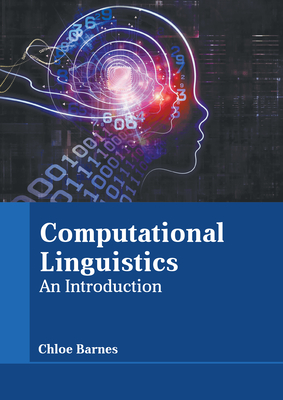书写系统的分类学:如何衡量一个系统的语源性
IF 5.3
2区 计算机科学
Q2 COMPUTER SCIENCE, ARTIFICIAL INTELLIGENCE
引用次数: 7
摘要
自Gelb(1952)以来,书写系统的分类法基于书写符号所代表的内容对系统进行了分类:如果它们代表单词或语素,它们是语域的;若音节,则音节;如果分段,按字母顺序;等等。spproat(2000)和Rogers(2005)打破了传统,将音标学和音标学分成两个维度,音标学被分级而不是分类区分。一个系统可以是音节式的,并且是高度符号化的;或者是按字母顺序排列的,而且大部分都是非按符号排列的。这更符合书写系统的实际工作方式,但两位作者都没有提出衡量文字的方法。在这篇文章中,我们提出了一种新的标记程度测量方法,该方法使用基于注意力的序列到序列模型来训练,从上下文中的发音来预测标记的拼写。在理想的留声机系统中,模型应该只需要关注当前的符号,以便计算如何拼写它,这将在注意矩阵激活中显示出来。相比之下,对于一个给定的发音可能对应于几个不同的拼写的符号系统,该模型将需要关注更广泛的上下文。令牌外的激活与总激活的比率构成了我们测量的基础。我们将其与简单的词汇测量、熵测量以及其他几个神经模型进行了比较,并认为,总的来说,我们基于注意力的测量最符合直觉对不同系统的表征。我们的工作提供了符合语言学直觉的第一个可量化的符号概念测量,我们认为,它提供了更好的洞察这个概念的含义。本文章由计算机程序翻译,如有差异,请以英文原文为准。
The Taxonomy of Writing Systems: How to Measure How Logographic a System Is
Taxonomies of writing systems since Gelb (1952) have classified systems based on what the written symbols represent: if they represent words or morphemes, they are logographic; if syllables, syllabic; if segments, alphabetic; and so forth. Sproat (2000) and Rogers (2005) broke with tradition by splitting the logographic and phonographic aspects into two dimensions, with logography being graded rather than a categorical distinction. A system could be syllabic, and highly logographic; or alphabetic, and mostly non-logographic. This accords better with how writing systems actually work, but neither author proposed a method for measuring logography. In this article we propose a novel measure of the degree of logography that uses an attention-based sequence-to-sequence model trained to predict the spelling of a token from its pronunciation in context. In an ideal phonographic system, the model should need to attend to only the current token in order to compute how to spell it, and this would show in the attention matrix activations. In contrast, with a logographic system, where a given pronunciation might correspond to several different spellings, the model would need to attend to a broader context. The ratio of the activation outside the token and the total activation forms the basis of our measure. We compare this with a simple lexical measure, and an entropic measure, as well as several other neural models, and argue that on balance our attention-based measure accords best with intuition about how logographic various systems are. Our work provides the first quantifiable measure of the notion of logography that accords with linguistic intuition and, we argue, provides better insight into what this notion means.
求助全文
通过发布文献求助,成功后即可免费获取论文全文。
去求助
来源期刊

Computational Linguistics
工程技术-计算机:跨学科应用
CiteScore
15.80
自引率
0.00%
发文量
45
审稿时长
>12 weeks
期刊介绍:
Computational Linguistics, the longest-running publication dedicated solely to the computational and mathematical aspects of language and the design of natural language processing systems, provides university and industry linguists, computational linguists, AI and machine learning researchers, cognitive scientists, speech specialists, and philosophers with the latest insights into the computational aspects of language research.
 求助内容:
求助内容: 应助结果提醒方式:
应助结果提醒方式:


